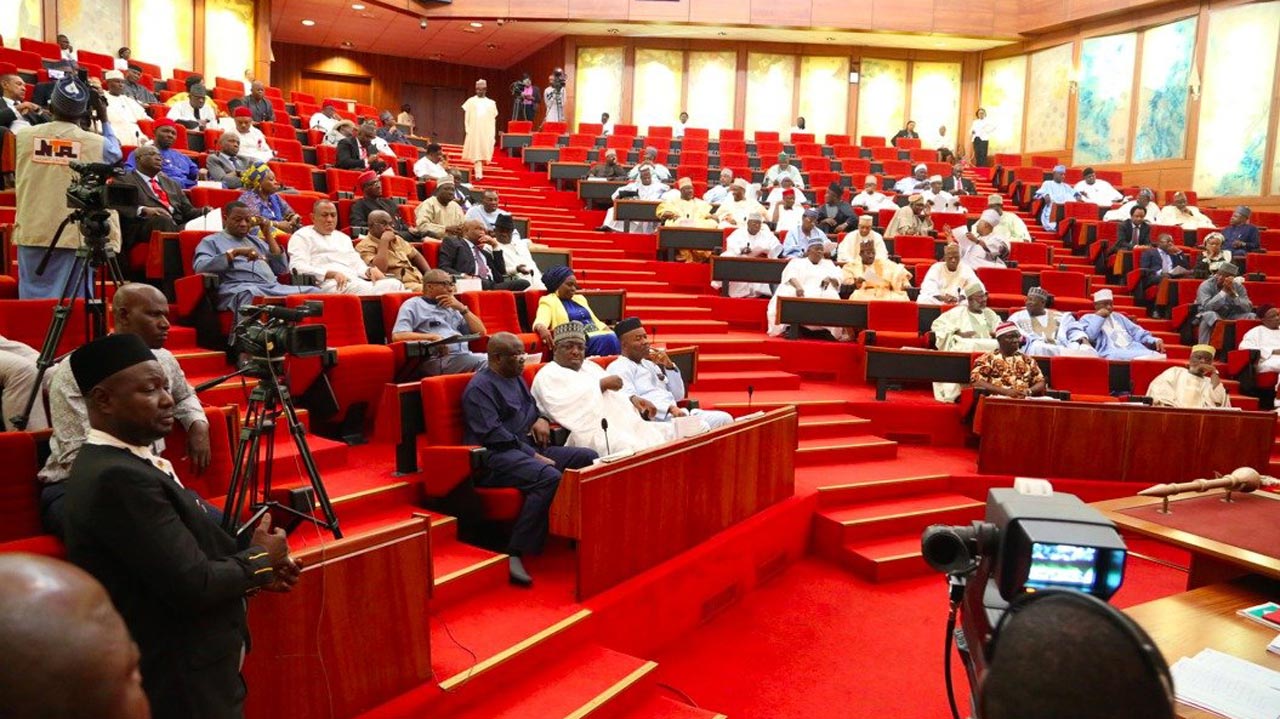
The Central Bank of Nigeria (CBN) says it undertook the sale of foreign exchange (Fx) to end users through a Retail Dutch Auction System (rDAS).
According to a statement by Omolara Duke, Director, Financial Markets Department of the apex bank, the step was taken on Tuesday to reduce the demand pressure in the Fx market and promote price discovery.
Duke said that authorised dealer banks were required to submit a comprehensive template that contained the details of all the outstanding Fx demand of their customers via email.
READ ALSO: Abia govt. moves to recover all public schools’ lands
She said that the templates were all password protected with the passwords submitted to the CBN after the deadline for the submission of the bids.
“Thereafter, the bids were opened and collated. The accounts of all end users were to be funded with the Naira equivalent of their bids by Wednesday.
“The settlement for the successful bids is “T+2”, that is, Thursday,” the director said.
.She said that a total bid valued at 1.18 billion dollars was received from 32 authorised dealers banks.
“Bids valued at 876.26 million dollars from 26 banks qualified, while bids valued at 313.69 million dollars from six banks were disqualified.
“Of the disqualified bids, four banks submitted their bids after the cut off time, while two banks did not provide bids in the template submitted,” Duke said.
She said that all bids with Form Q, and unverifiable Form A and Form M on the trade portal were disqualified.
According to her, in line with the objective of the CBN to boost Fx liquidity to the market as well as promote price discovery, it approved a cut off rate of N1,495 to one dollar.
She said that the rate was approved for the rDA, where bids valued at 876.26 million dollars from 26 banks qualified.
“To ensure the transparency of the process, the total bids submitted by banks and all qualified bids for payment will be published on the website of the CBN for the information of the general public.”
About the author















 English (US) ·
English (US) ·